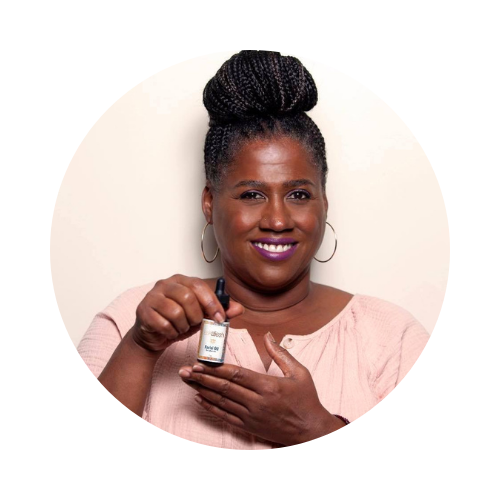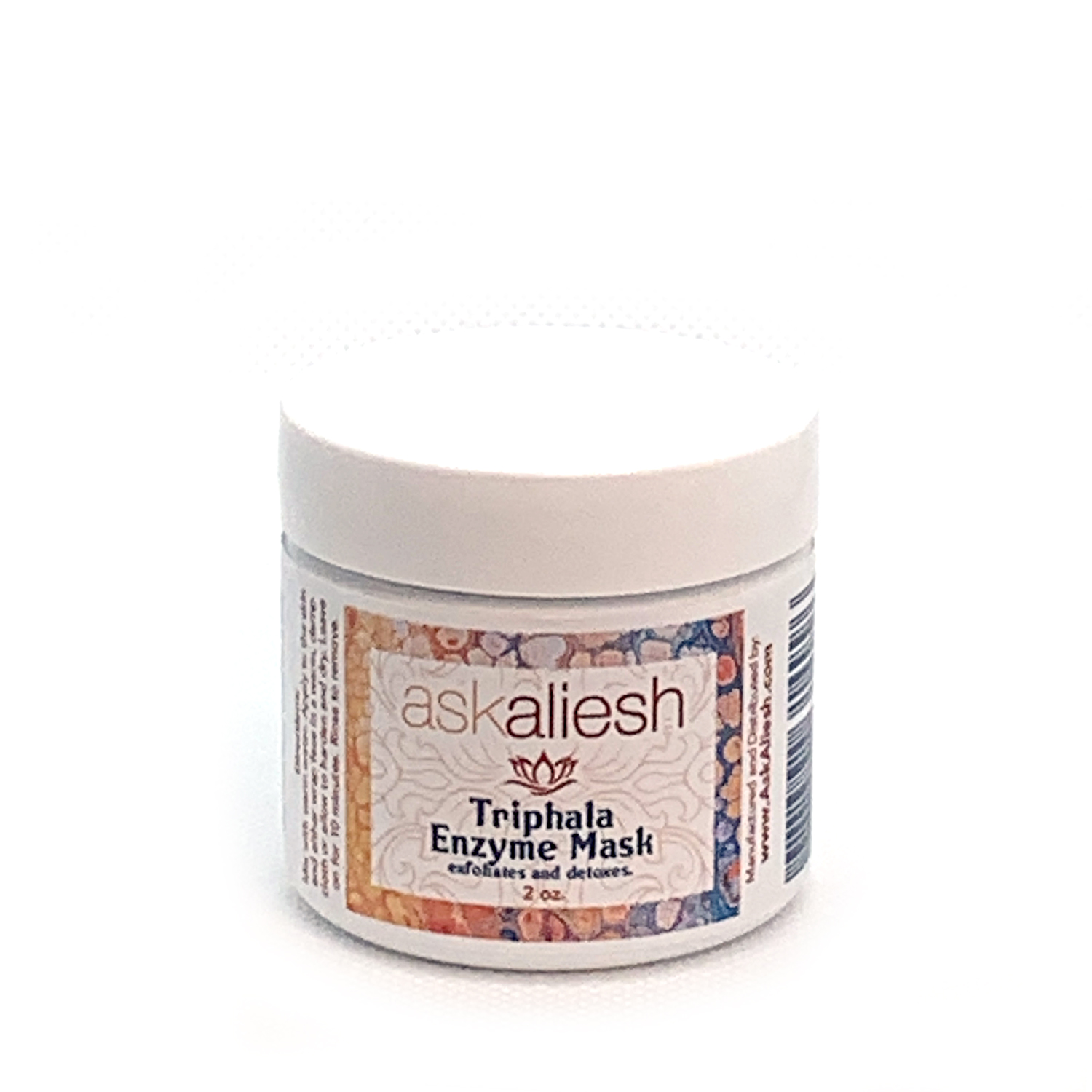Extractions On Multi-Ethnic Skin; this is what we asked Aliesh to write about to help educate our community. The focus was to ensure that there was no post-inflammatory hyperpigmentation as a result of trauma to the skin during the extraction process.
We loved her response!
“I had a hard time positioning this article as “for people of color’ because what’s good for me is even better for you. We spend so much time separating phenotypes when, in reality, if I shouldn’t experience inflammation, neither should you. In esthetics school, students were so afraid to practice on my skin. I told them, if you cause inflammation on my skin, you would cause it on anyone else. My damage will just show up immediately, but damage is cumulative. You’d better bet that the trauma we’re causing to European skin will show up eventually.”

Contribution by Aliesh Pierce
Our mission at Beauty Business Conference is to equip and inspire young entrepreneurs to be resilient and profitable in their areas of passion and interest. We believe that you can create a life full of only things you love and make money!
Develop A Multi Ethnic Skin Philosophy
As a conscious esthetician, you want to offer customized treatments for all your clients equally. This requires developing a multi-ethnic philosophy. It means stepping away from the traditional Euro-centric approach of stimulating collagenases through wounding and continually triggering the inflammatory cascade. This can be challenging because estheticians are indoctrinated into this system while in esthetics school.
Developing a more inclusive approach starts with the cleansing and exfoliation process. Rather than compromising the skin’s barrier using aggressive pH altering protocols that rely on AHAs or a BHA, exfoliating with proteolytic enzymes offers a resurfacing protocol that’s safe for all ethnic groups. Enzymes digest the “dead” surface cells or corneocytes making it easier to dislodge congestion during the extraction process.
Proteolytic Enzymes For Multi Ethnic Skin
Unlike the typical “Pac Man” analogy some brands use, proteolytic enzymes actually interact with skin cells like an ever-evolving lock and key. These types of enzymes, also known as proteases, proteinases, or peptidases, are a group of enzymes that break long-chained proteins like keratin into smaller amino acid units. They do this by binding to receptor sites on the keratinocyte cell. When we introduce oxygen in the form of O2 (water) we dislodge the molecules so they can be easily washed away. In essence, this speeds up the exfoliation process resulting in brighter firmer skin.
The Effectiveness of Proteolytic Enzymes For Multi Ethnic Skin
Many enzyme products on the market are pre-mixed gels formulated with lactic, glycolic, or salicylic acids. However, enzymes are effective exfoliators on their own. Studies show that following a protocol with a product that contains at least 15% exfoliative proteolytic enzymes improves epidermal color and texture. When participants continued this regimen at home for more than 3 months, they measured an improvement in dermal density that is similar to results seen when using high concentrations of AHAs.
Triphala Enzyme Mask
The Triphala Enzyme Mask, this type of blend is traditionally called an Ubtan. Our version utilizes fruit enzymes, three powerful Ayurvedic herbs, colloidal oatmeal, and kaolin clay to gently exfoliate the skin while it detoxifies.
Types of Enzymes
Ingredients like papain from papaya and bromelain from pineapple stems are staple ingredients found in every esthetician’s back bar. Utilizing dry enzymes that are then mixed with an activator lessens the chance of an adverse reaction. They just have to be kept moist and warm to stay active. This is why seasoned estheticians often occlude their enzyme mixture to treat thicker skin types.
Papain – effective exfoliator, anti-inflammatory, used as a meat tenderizer
Bromelain – anti-inflammatory, anti-bacterial
Amylase – glycation inhibitor, antioxidant
Lipase – breaks down sebum and other lipids, anti-inflammatory
Catecholase – dubbed the brightening enzyme
Pectinase – astringent, potent antioxidant
2 Key Steps For Extractions On Multi Ethnic Skin
- Proteolytic enzymes help loosen congestion and make extractions easier. This is an important step when working with deep skin tones. You want to avoid any trauma that might trigger the highly reactive melanocytes of People of Color.
- Following with a high alkaline desincrustation solution ensures easy removal of those sebum plugs.
Treatment Plan For Extractions On Multi Ethnic Skin
- Analyze the skin taking note of barrier health.
- Perform a double cleanse.
- Apply enzymatic peel for 5 to 10 minutes. NOTE: Extremely congested skin can be occluded with plastic wrap under steam for up to 20 minutes.
- Apply a high pH desincrustation solution for 5 minutes.
- Cover gloved fingers with tissue or use an ultrasound skin scrubber to dislodge congestion.
- Use High Frequency or Light Therapy if necessary.
- Option: Select an acidic solution with a large molecule like lactic, mandelic, or kojic acid.
- Proceed with treatment.
- Send client home with appropriate home care. If prepping for a peel series, incorporate an acid-based cleanser and brightening products.
- Have client return in 14 – 30 days for the first chemical peel.
Since they don’t significantly alter the skin’s pH, enzymes offer gentle exfoliation for deep skin tones. Of course, low pH acids have their place, and, with ample preparation time, they can be safe for all ethnicities. However, changing your approach to regular exfoliation is a simple shift in consciousness that will ultimately affect your approach to customizing protocols for clients of all ethnicities.
FACT: By 2050, less than 47% of the U.S. population will be of non-Hispanic, European descent.
Int J Cosmet Sci, 2007 Feb;29(1):15-21; Topical proteolytic enzymes affect epidermal and dermal properties

